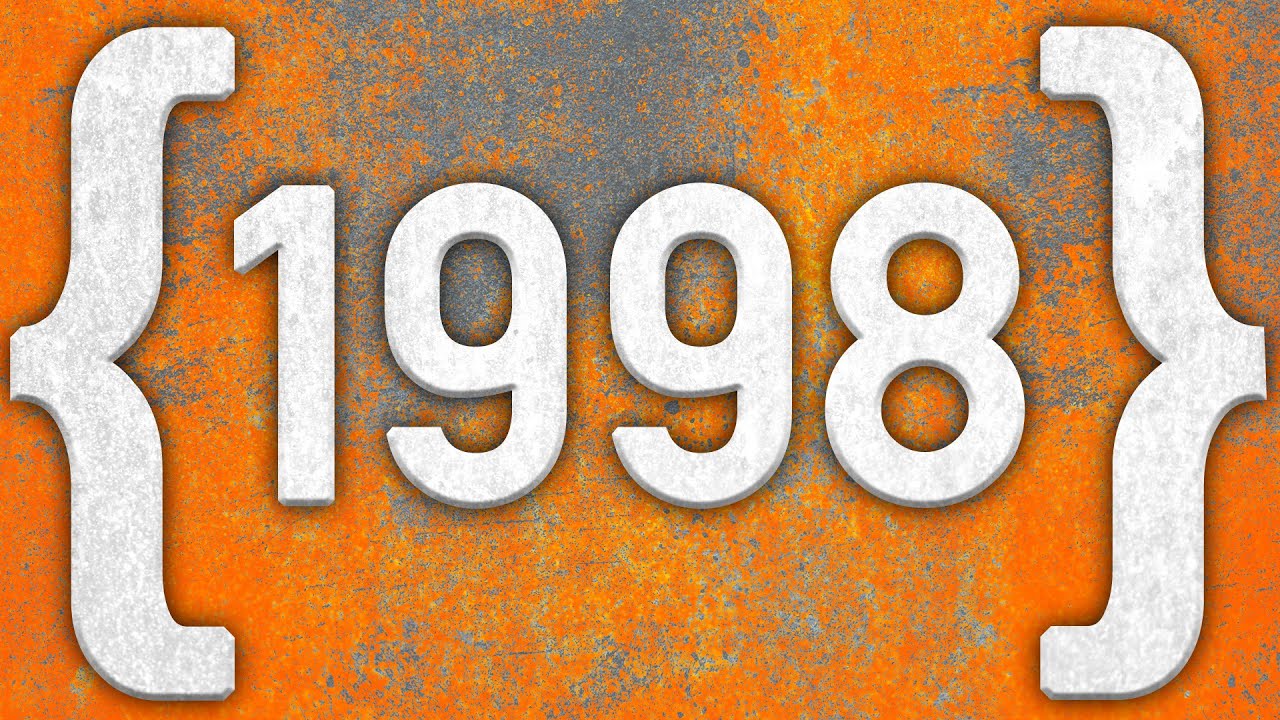culturerevolt
- 2 Posts
- 8 Comments

 6·1 year ago
6·1 year agoI used the ansible method to get running and I am using the default paths. If you are also using the default paths, you can find your data in /srv/lemmy/<domain>/ . This location will hold your configuration files and your volumes directory. The volumes directory holds postgres (the database), pictrs (your image hosting) and lemmy-ui (the web-ui for lemmy). To see how much disk space you are using:
cd /srv/lemmy/<domain>/du -hc --max-depth=1 volumesreplace <domain> with your domain.

 1·1 year ago
1·1 year agoThat is a good idea. I did a quick and dirty rclone mount for the pict-rs storage, partly because it was fast and partly because I was curious how it would hold up.

 2·1 year ago
2·1 year agoYeah, images are where the main bulk of the storage is going. Interestingly, my instance is also just for my account presently and I have not submitted any images until my screenshot above. So these images are just those that are being pulled from other instances. I was under the impression that images were hosted from their respective instance and not saved locally, so I am curious to see how this plays out long term.

 4·1 year ago
4·1 year agoBeen running ~22 hours at this point

 3·1 year ago
3·1 year agoI used the ansible route to get going. I am subbed to ~150 communities currently. Some of those won’t stay, but for now I am subbing to almost anything to see how that affects disk usage. I am interested to see how, or if, it levels off over time and what a week or two out looks like. I expect by then we will all have many more tips for each other as we trial and error our way through.
Here’s my current usage:


 3·1 year ago
3·1 year ago
There’s my current disk usage. I’ve gone wild subscribing to just about every community I come across to see how the storage adds up. Right now I’ve got ~150 communities subbed. We’ll see how it goes and when I’ll need to expand the storage.

 7·1 year ago
7·1 year agoAgreed. As much as I am saddened to lose out on some of the communities from reddit, I think this is the right direction. In time the communities will come back together and we will have been better off decentralizing.


This is great! I’m eagerly watching what people are doing with the ui.